

Matt Campbell
2026 Hyundai Tucson Hybrid review
16 Minutes Ago
The now Australian-owned engineering firm is planning to have a prototype in the next 12 months using its EVR electric hypercar platform.

Contributor
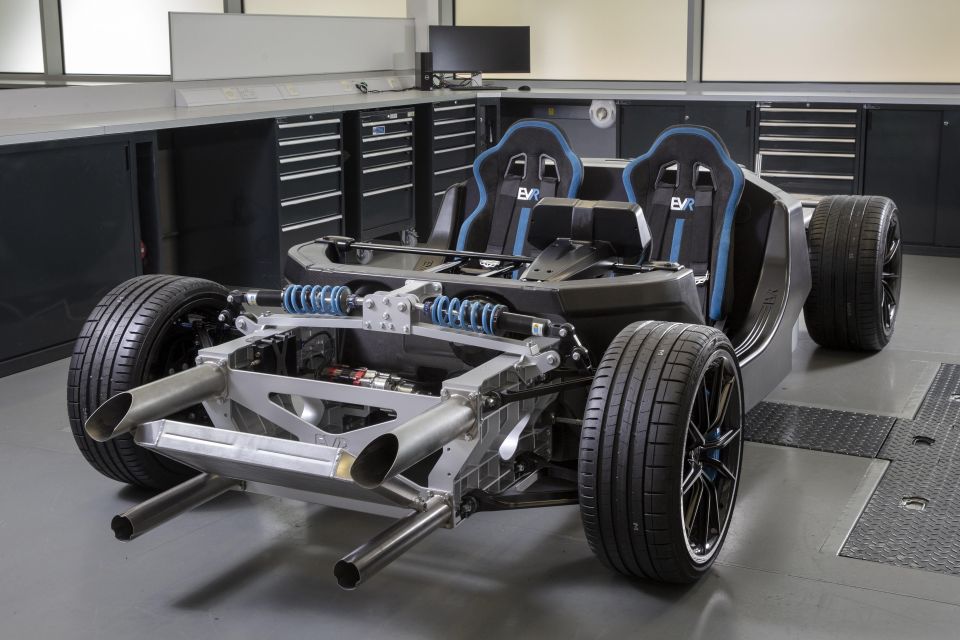

Contributor
Williams Advanced Engineering (WAE), now owned by Australian mining giant Fortescue Metals Group (FMG), has revealed a modular high-performance electric vehicle (EV) architecture for hypercars.
Dubbed EVR, it’s the latest of WAE’s EV architectures and was revealed at the Low Carbon Vehicle show at the Millbrook Proving Ground in the UK.
The UK-based engineering firm has said it will have a EVR-based prototype in the next 12 months, with delivery of a production vehicle in 24 months.
Although it’s still in development, the EVR architecture has already been confirmed for use by Austrian hypercar carmaker Deus Automobiles in its upcoming Vayanne EV hypercar.
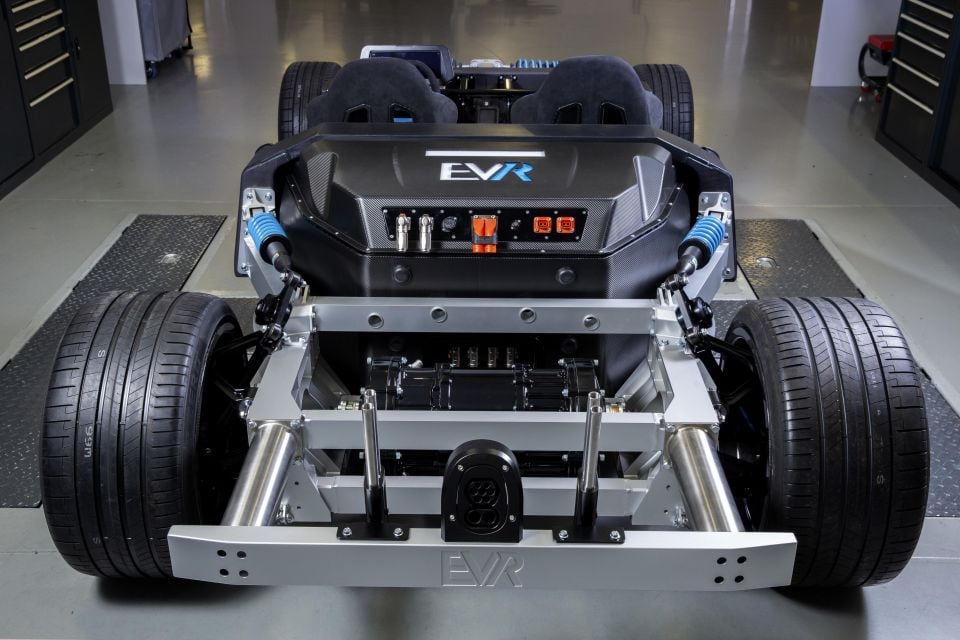
The EVR architecture marries a lightweight composite chassis with a “state-of-the-art” 85kWh battery pack in the middle of the vehicle.
Claimed peak power is 1650kW of power, with rear- and all-wheel drive layouts supported with a multiple electric motor configuration.
WAE claims a vehicle on this platform is capable of a 0-100km/h sprint time of less than two seconds and a top speed of more than 400km/h with a vehicle mass less than 1800kg.
There’s also a “performance optimised” battery management system, as well as torque vectoring.
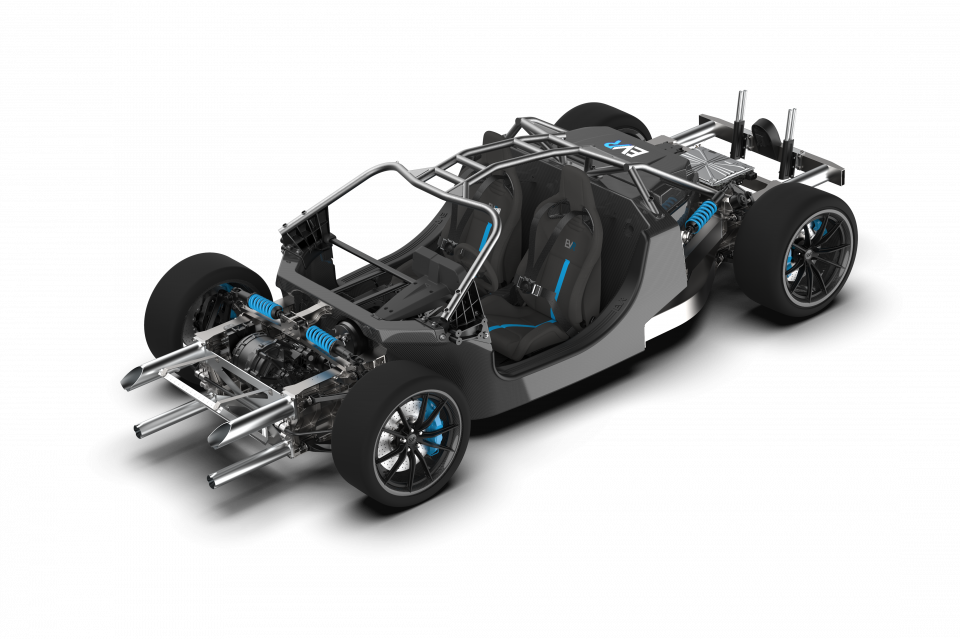
Claimed range is said to be more than 450km, according to unspecified efficiency standards, with a fast-charging capability of less than 20 minutes.
The EVR architecture can apparently be used in a number of different configurations, from track-only applications to open-roof targa and fixed-roof GT vehicles.
WAE’s intent is to offer a turnkey solution so both startups and OEMs can reduce their development costs and the time it takes to get the car to market.
This is because the entire engineering and assembly processes of the rolling chassis is completed by WAE.
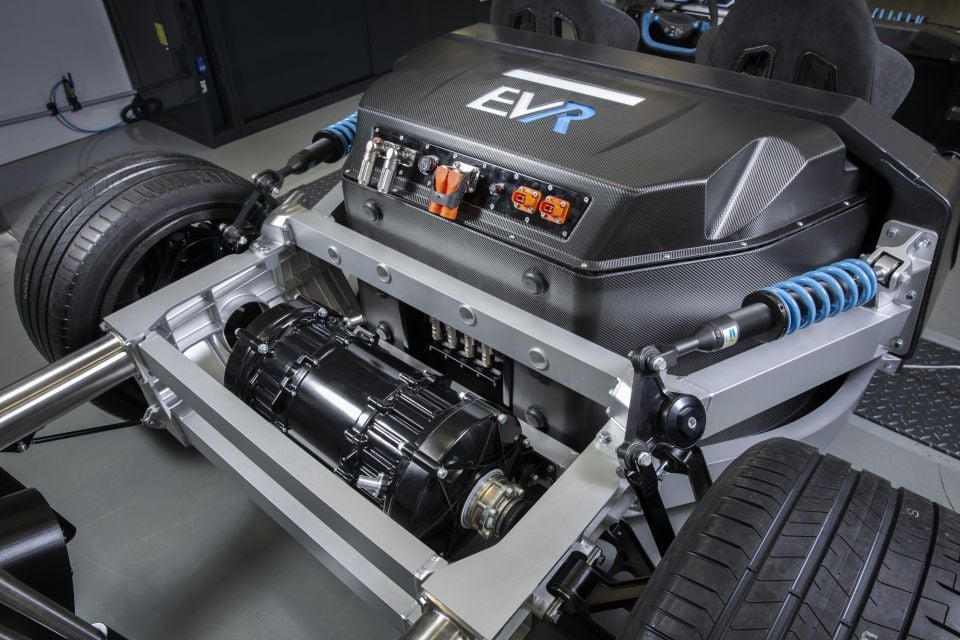
WAE also confirmed it’s already working on a hydrogen fuel-cell (FCEV) version of its EVR architecture, dubbed EVR-H, which will apparently have “equivalent performance” to the all-electric platform.
There was no timeline given on when to expect this FCEV version to be shown off.
“EVR combines WAE’s exceptional expertise in motorsport-bred lightweight, composite structures and high-performance battery powertrains with our knowledge in developing and delivering electric vehicle programmes,” said Williams Advanced Engineering technical director Paul McNamara.
As recently reported, Fortescue Metals Group (FMG) agreed to buy the UK-based engineering company, spun-off from legendary racing team Williams F1, for £164 million ($A281 million).
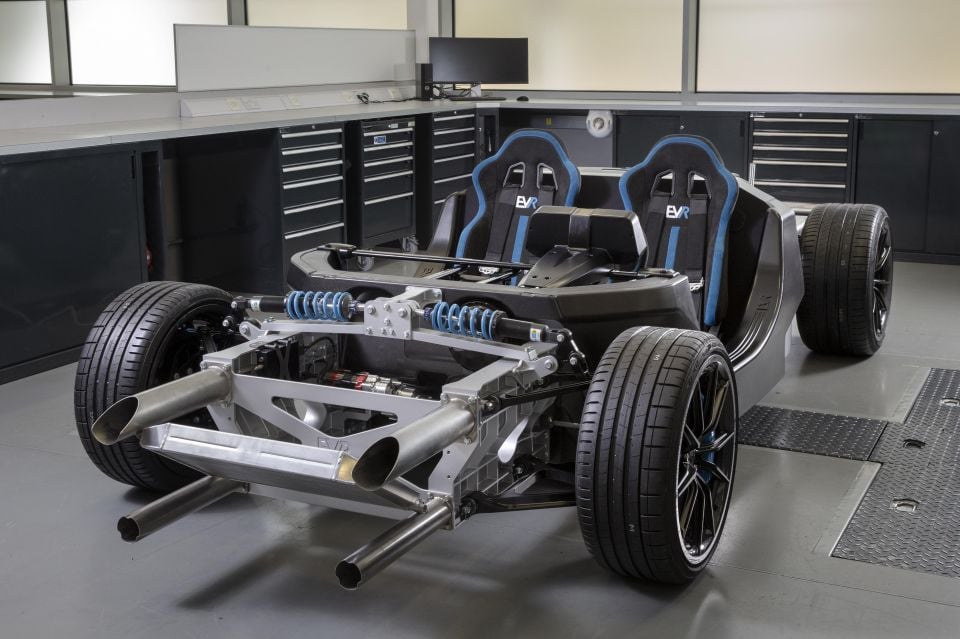
The acquisition from previous majority owner EMK Capital was signed, sealed and delivered in March 2022.
WAE calls itself a “world-leading technology and engineering business renowned from its ground-breaking projects in high performance battery systems and electrification”.
The company also works in the areas of product development; aided by advanced simulations, testing, rapid prototyping and volume manufacturing.
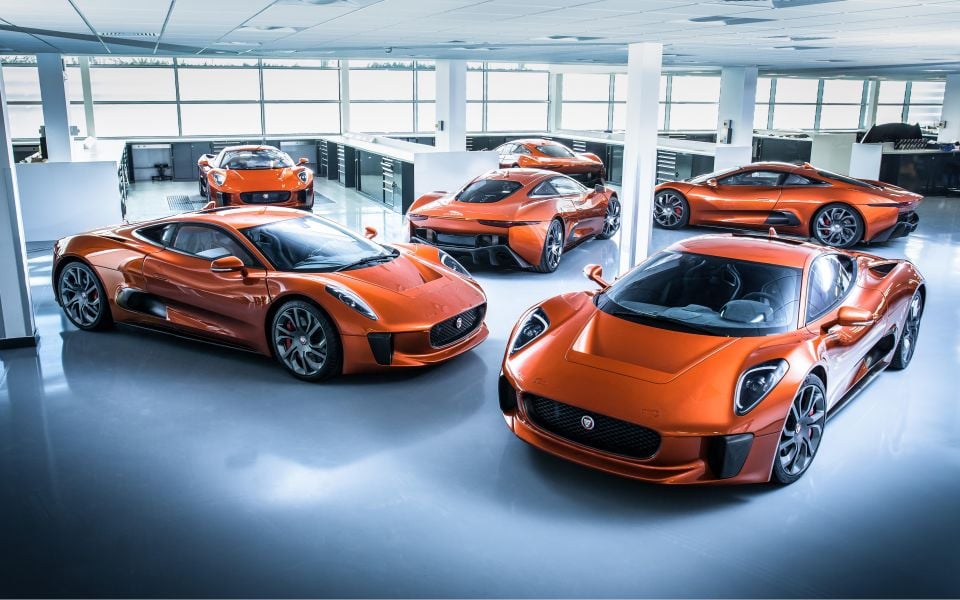

Since its 2010 spinoff from the parent company, WAE has grown to around 400 staff and works with a “growing list” of tier 1 clients.
One notable project taken on by WAE in the past included partnering with Jaguar to create the C-X75 hybrid supercar, developed in just 18 months but ultimately cancelled at the end of 2012.
More recently, WAE has served as powertrain developer for the Extreme E off-road championship.
MORE: Australia’s Fortescue buys Williams Advanced Engineering
Jack Quick is an automotive journalist based in Melbourne. Jack studied journalism and photography at Deakin University in Burwood, and previously represented the university in dance nationally. In his spare time, he loves to pump Charli XCX and play a bit of Grand Theft Auto. He’s also the proud owner of a blue, manual 2020 Suzuki Jimny.


Matt Campbell
16 Minutes Ago


Max Davies
16 Hours Ago


William Stopford
16 Hours Ago


Derek Fung
17 Hours Ago


Max Davies
1 Day Ago


William Stopford
2 Days Ago